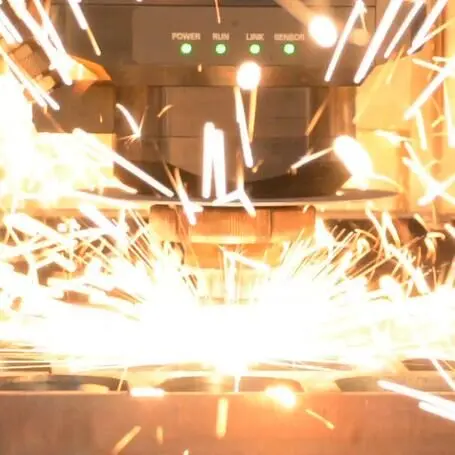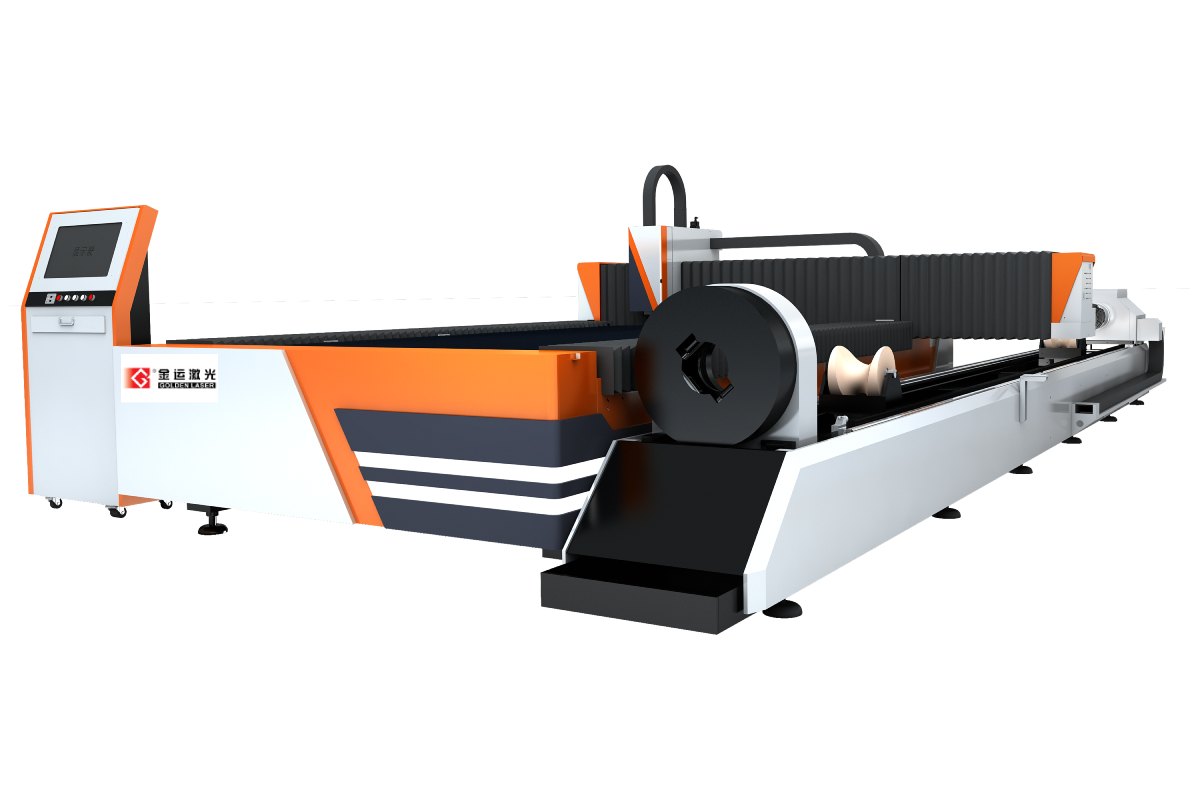
Unlocking Precision and Efficiency: A Comprehensive Guide to CNC Fiber Laser Cutting Technology
****
CNC fiber laser cutting has emerged as a pivotal technology in the world of manufacturing, offering unparalleled precision, speed, and efficiency in material processing. This innovative technique, which employs fiber lasers for cutting various materials, is rapidly gaining traction across multiple industries, from aerospace and automotive to signage and architecture. As industries continue to seek ways to enhance productivity and reduce operational costs, understanding the intricacies of CNC fiber laser cutting becomes essential.
At its core, CNC (Computer Numerical Control) fiber laser cutting utilizes advanced laser technology to perform intricate cutting operations. Unlike traditional cutting methods, which might involve mechanical blades or torches, fiber lasers utilize a focused beam of light that is generated and amplified within a fiber optic cable. This method allows for exceptionally fine detail and smooth finishes, making it ideal for intricate designs and thin materials.
One of the standout features of CNC fiber laser cutting is its remarkable speed. The processes can significantly reduce cycle times, translating to higher outputs in less time. This efficiency is largely due to the laser’s ability to cut through various materials—such as stainless steel, aluminum, brass, and even plastics—at unparalleled speeds. In many cases, fiber lasers can operate at speeds that are up to four times faster than other cutting methods, such as CO2 lasers.

Unlocking Precision and Efficiency: A Comprehensive Guide to CNC Fiber Laser Cutting Technology
The precision of CNC fiber laser cutting cannot be overstated. When clients require intricate or detailed designs, traditional cutting methods often fall short, leading to waste material and rework. Fiber lasers, on the other hand, maintain consistent precision throughout the cutting process, minimizing kerf (the width of the cut) and allowing for tighter tolerances. This accuracy not only ensures the quality of the finished product but also translates to less material wastage, making it a more sustainable option for manufacturers.

Unlocking Precision and Efficiency: A Comprehensive Guide to CNC Fiber Laser Cutting Technology
Moreover, CNC fiber laser cutting systems are remarkably versatile. They can be integrated into various production lines and adapted to perform specific tasks, depending on the material and design requirements. The flexibility of these machines can accommodate changes in design or production volume without necessitating significant downtime. This adaptability makes fiber laser systems particularly appealing to industries experiencing fluctuations in demand or pursuing customized manufacturing.
Another advantage of CNC fiber laser cutting is its low energy consumption compared to other laser cutting technologies. The efficiency of fiber lasers means they require less power to operate while delivering superior performance. This energy efficiency leads to lower operational costs and a reduced carbon footprint, which aligns with many companies’ sustainability goals.
In addition to the operational benefits, CNC fiber laser cutting machines come equipped with advanced software that enhances usability. These machines can seamlessly convert digital designs into precise cutting parameters, allowing for a swift transition from design to production. Automated functions also aid in fine-tuning the cutting process, such as adjusting the power and speed based on the material thickness and type. This automation contributes to the overall efficiency of production while minimizing the potential for human error.
Despite its numerous advantages, investing in CNC fiber laser cutting technology requires careful consideration. Initial setup costs can be significant, and operators need to be trained to harness the full potential of the machines effectively. However, many companies view this investment as a future-proofing strategy, as the benefits often outweigh the initial costs in terms of productivity and innovation.
As we look towards the future, the role of CNC fiber laser cutting technology is poised to expand further. As industries continue to evolve and adapt to digital manufacturing trends, fiber lasers will play an integral role in shaping the next generation of fabrication. With improvements in technology, such as enhanced automation and artificial intelligence, the capabilities and efficiencies of CNC fiber laser cutting are destined to reach new heights.
In conclusion, CNC fiber laser cutting represents a revolutionary shift in manufacturing technology, offering unmatched precision, speed, and versatility. As industries strive for efficiency, sustainability, and innovation, understanding and investing in CNC fiber laser cutting will undoubtedly become a vital component of success. Manufacturers looking to stay ahead of the curve will benefit from embracing this cutting-edge technology, positioning themselves well for the future of manufacturing. Fiber Laser Machine Control Cypcut
